Video and high-resolution images from the photography book that taught Edward S. Curtis to be a photographer
This is a book called Wilson’s Photographics, or in its full title Wilson’s Photographics: A series of Lessons, Accompanied by Notes, on all the Processes Which are Needful in the Art of Photography.
It was published in 1881, and when you look through it, you can see that it was designed to be a full photography education in one book.
The book that taught Edward S. Curtis how to be a photographer
This is an important photography book because esteemed photographer Edward S. Curtis (1868-1952) credited this book for being the one that taught him photography. Anne Makepeace mentioned it in her 2001 biography, Edward S. Curtis: Coming to Light, available on Amazon here. If you’ve never heard of Edward S. Curtis — he spent 30 years of his life traveling the American West photographing hundreds of Native American tribes just as their traditional cultures were fading away. His life story is quite remarkable. I have separate blog posts about Curtis here and here.
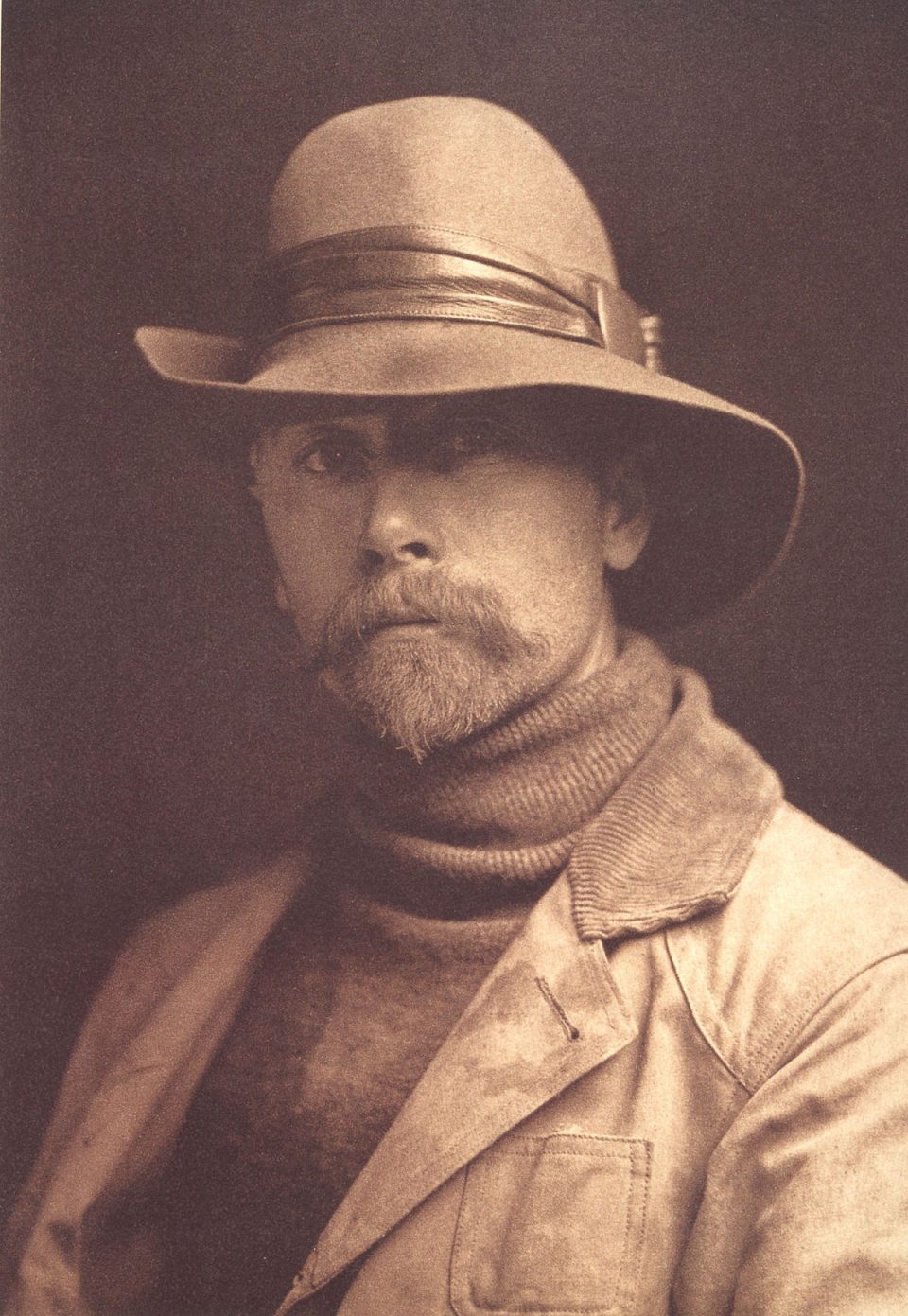
Curtis’ photographs were, in turn, influential on a generation of photographers and film directors — John Ford being a notable example.
Wilson also published a number of photography magazines between the 1860s and the 1920s, and Curtis was a reader of those as well.
This particular copy of Wilson’s Photographics was previously owned by a man named Frank L. Coes, who lived at 2 Coes Square in Worcester, Massachusetts. He was living at that address in 1940, according to census documents. Other than that, I have no information about Frank L. Coes. If you know about him, please get in touch.
Images from the interior of the book Wilson’s Photographics, published 1881
In the 1880s, printing photographs in books and magazines was much less common, so the photography book was illustrated instead with engravings and ink drawings. Here are some.
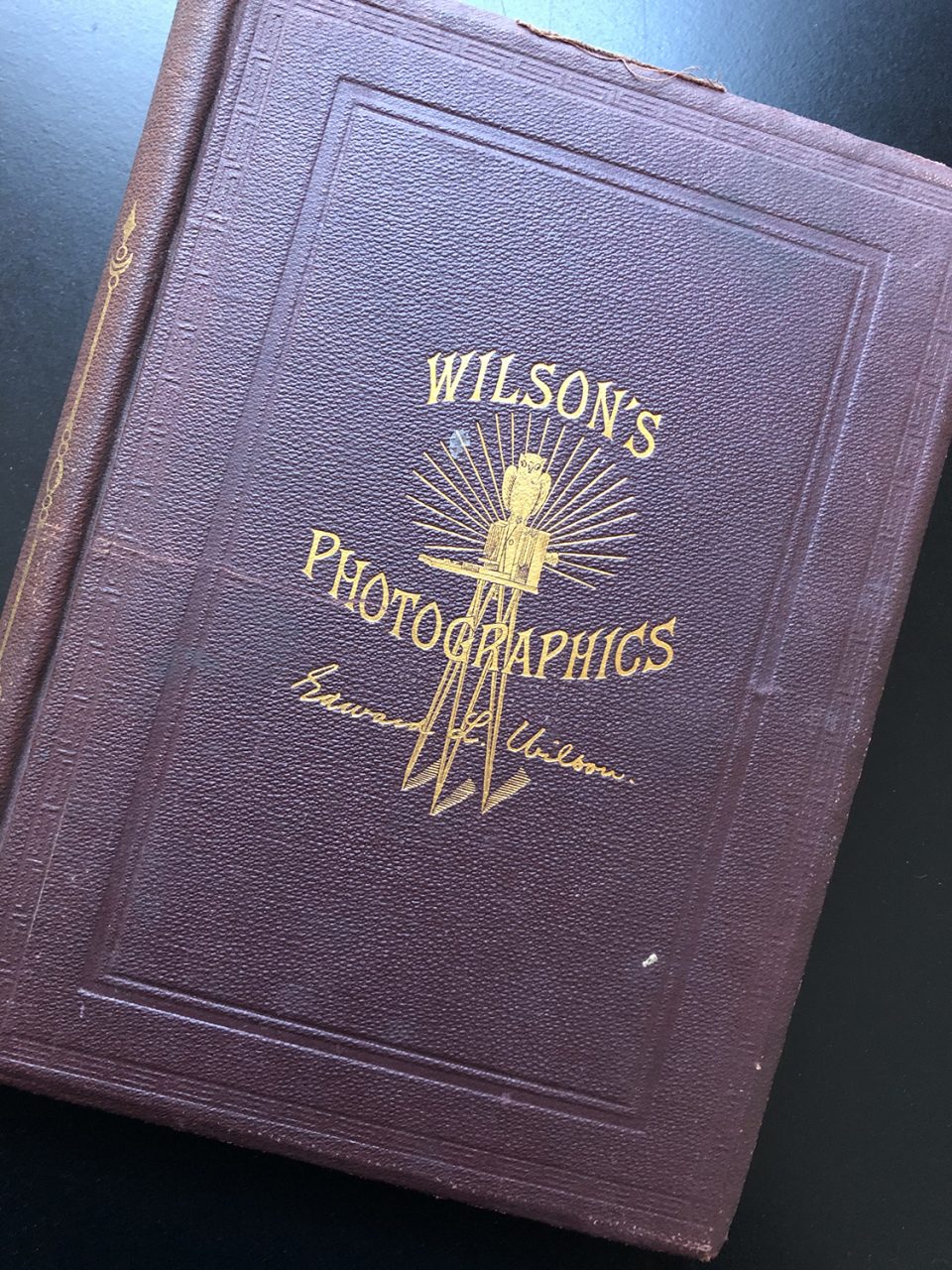
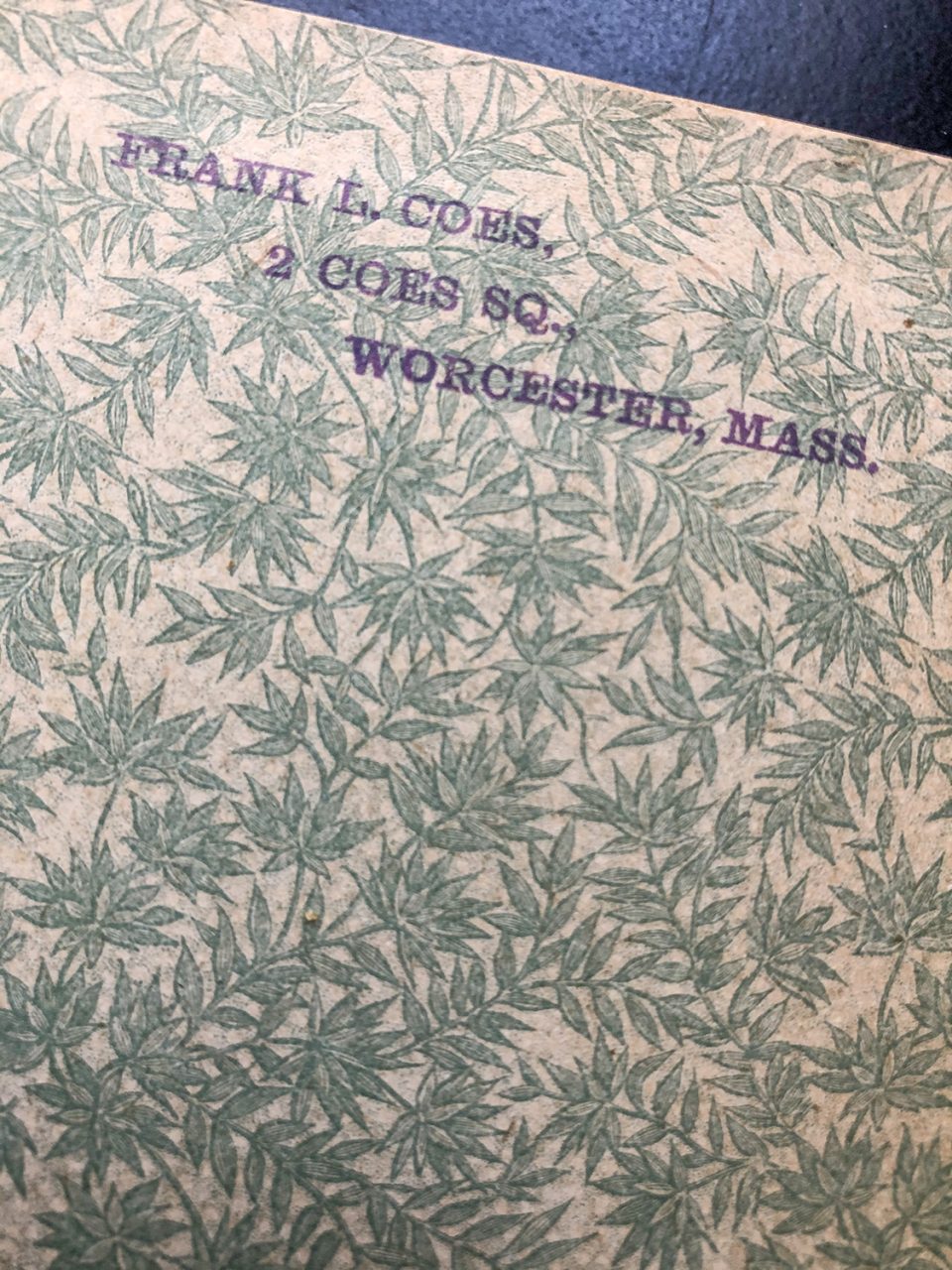
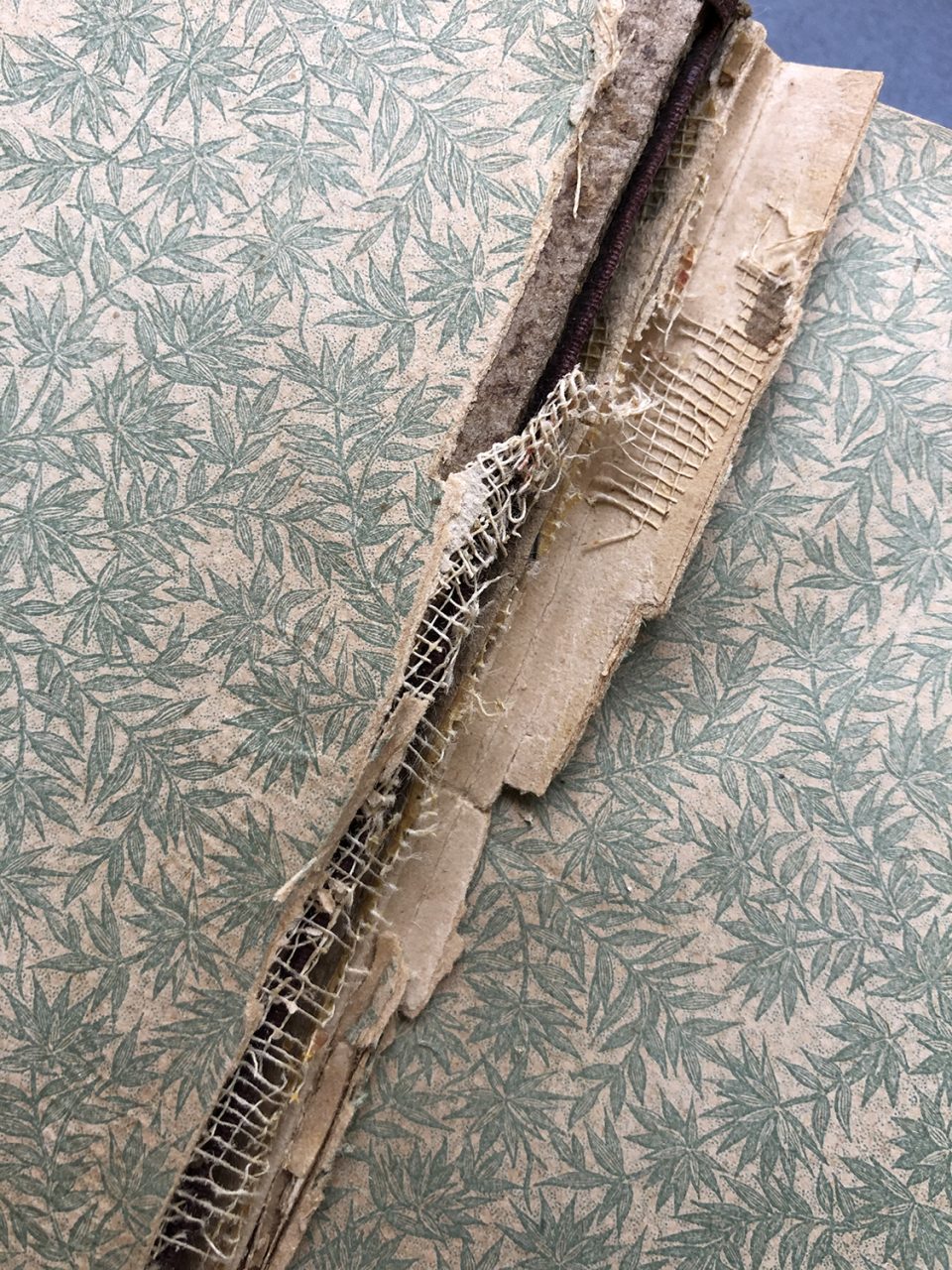
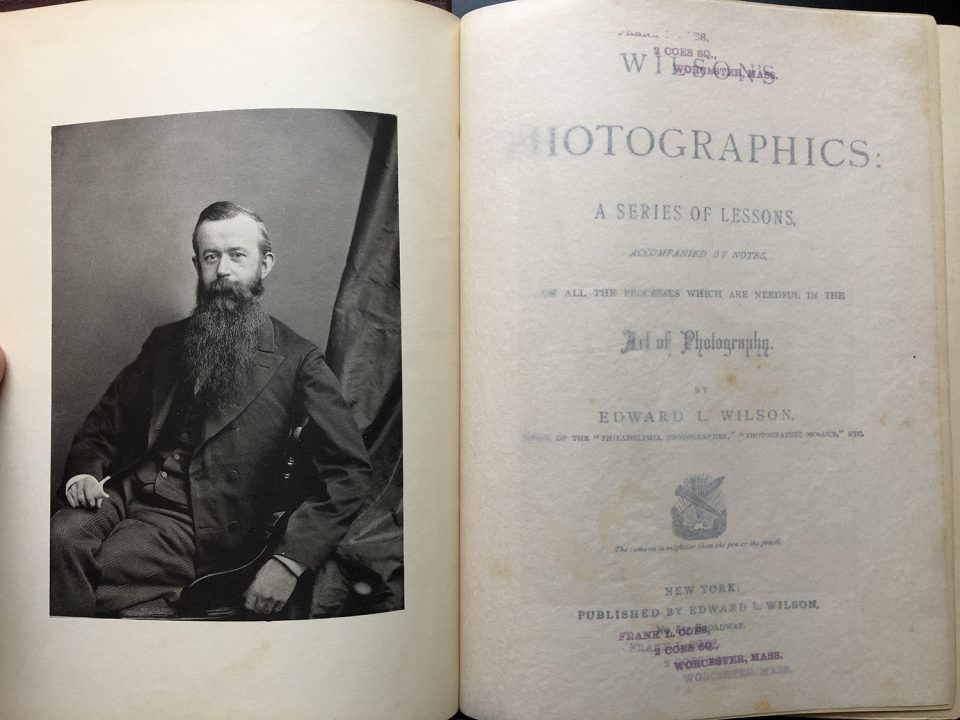

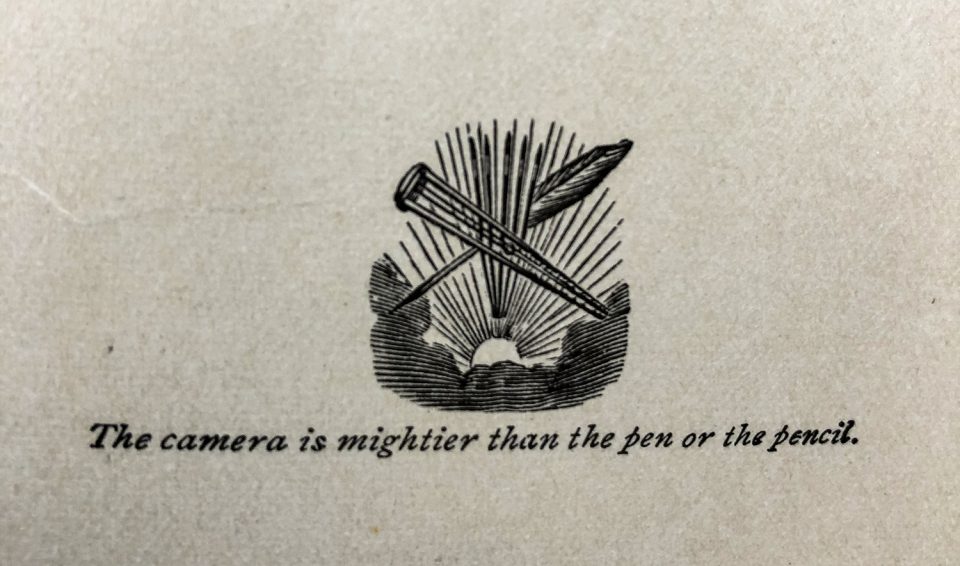
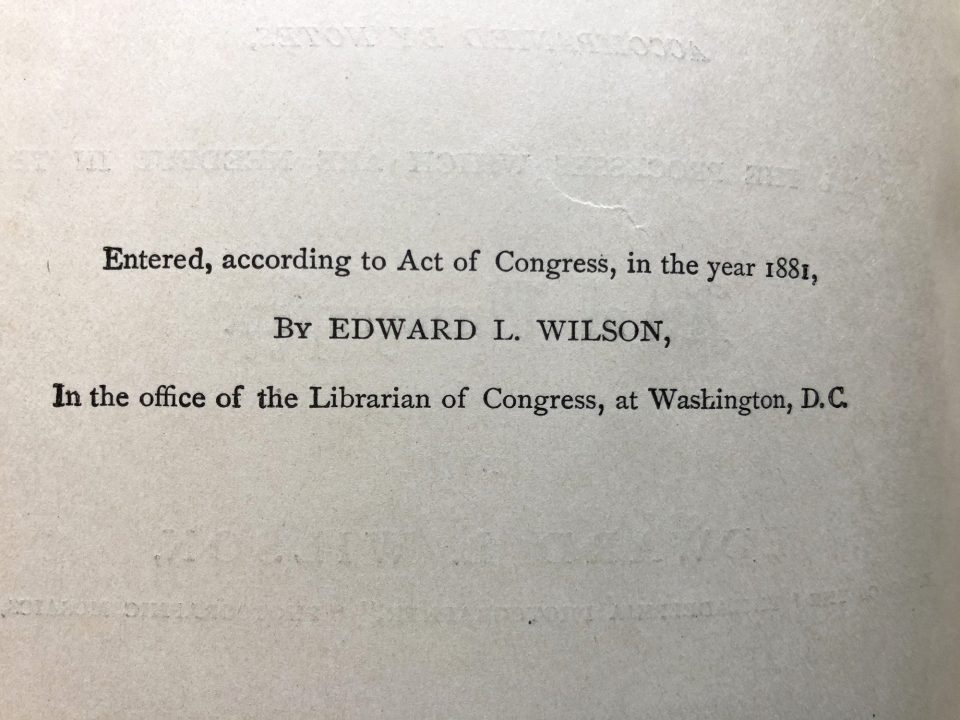

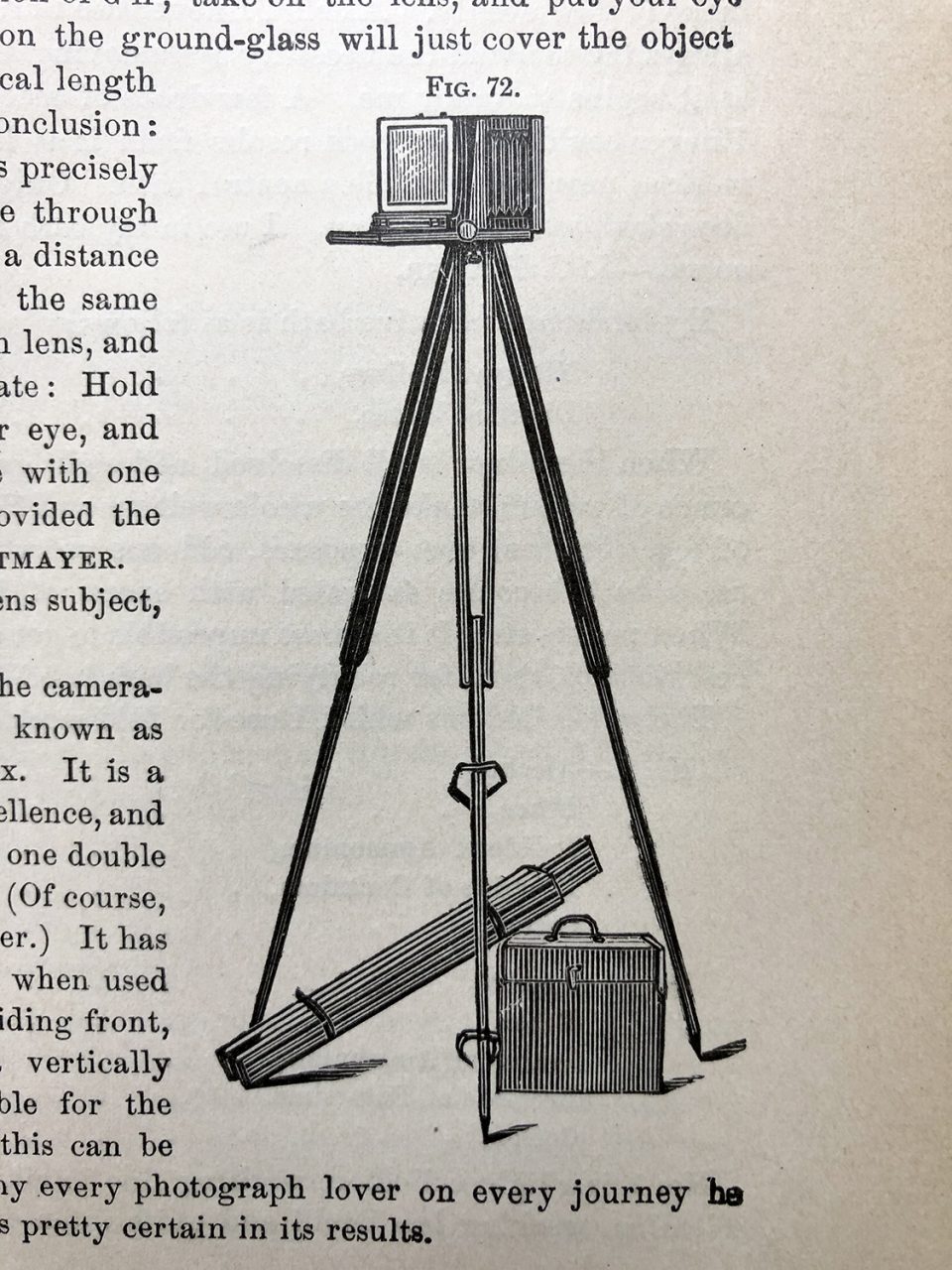
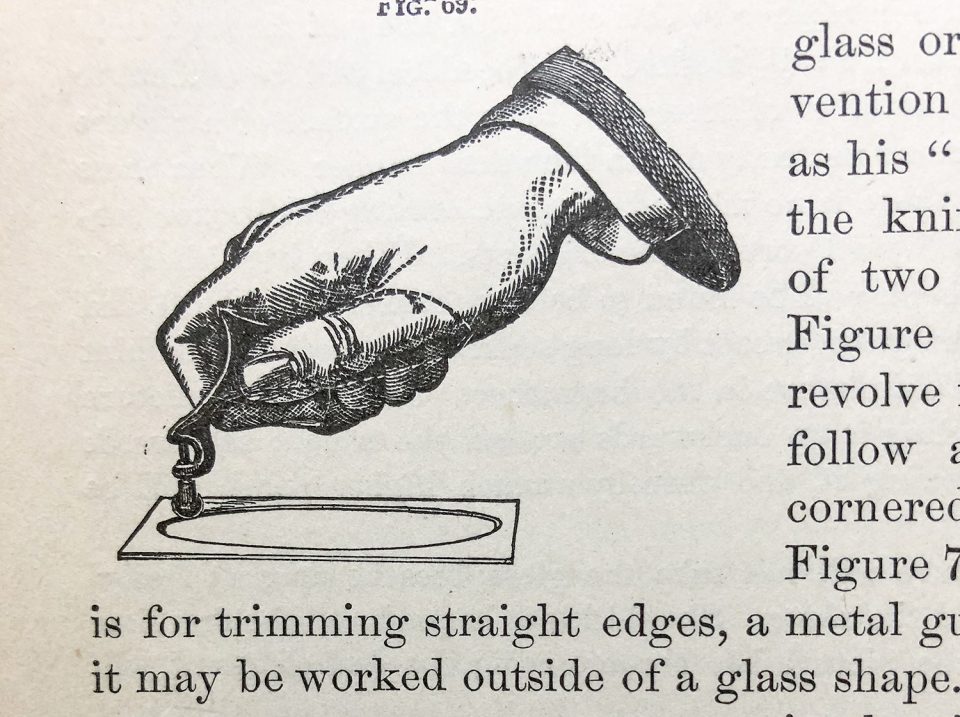

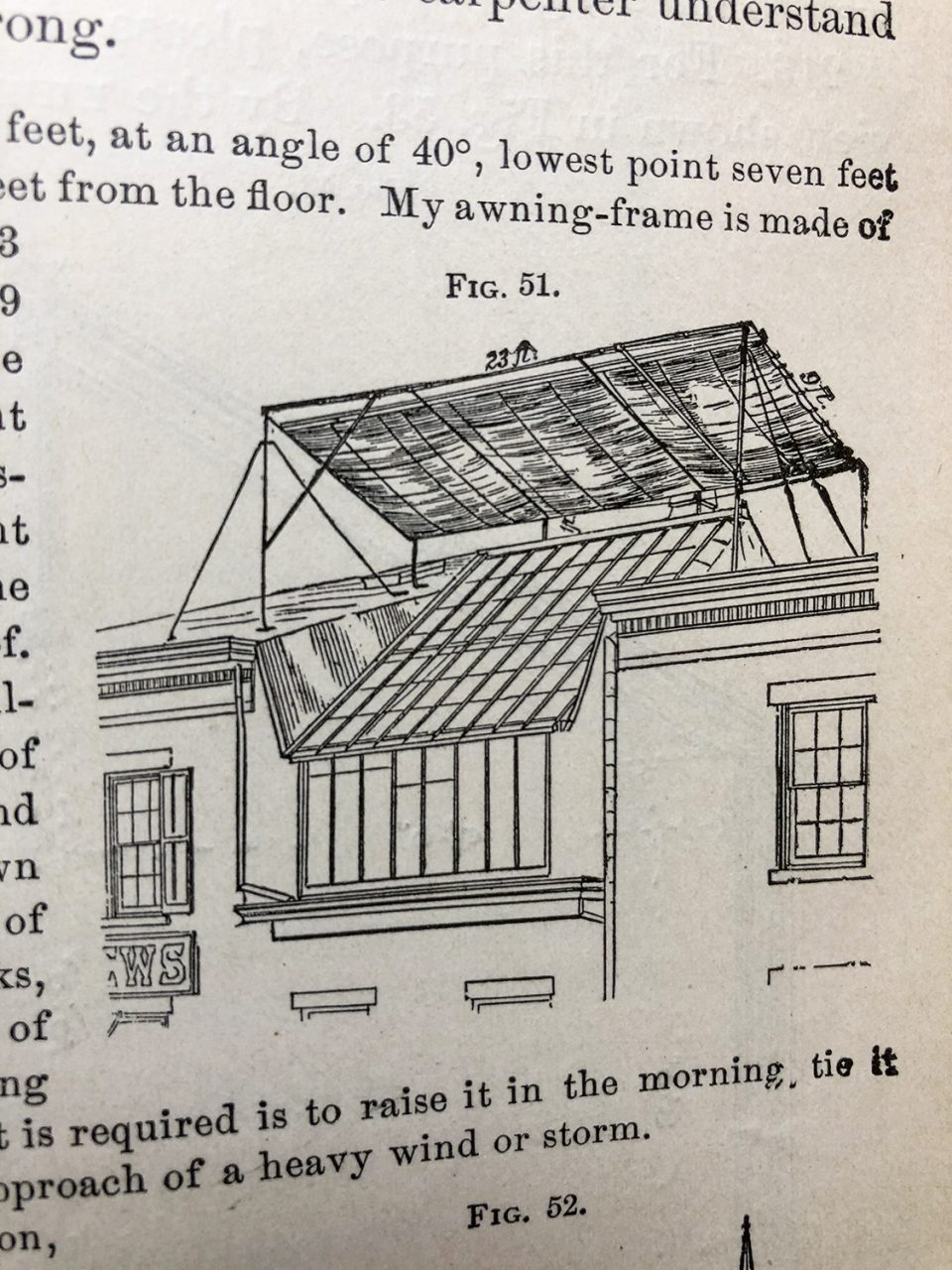

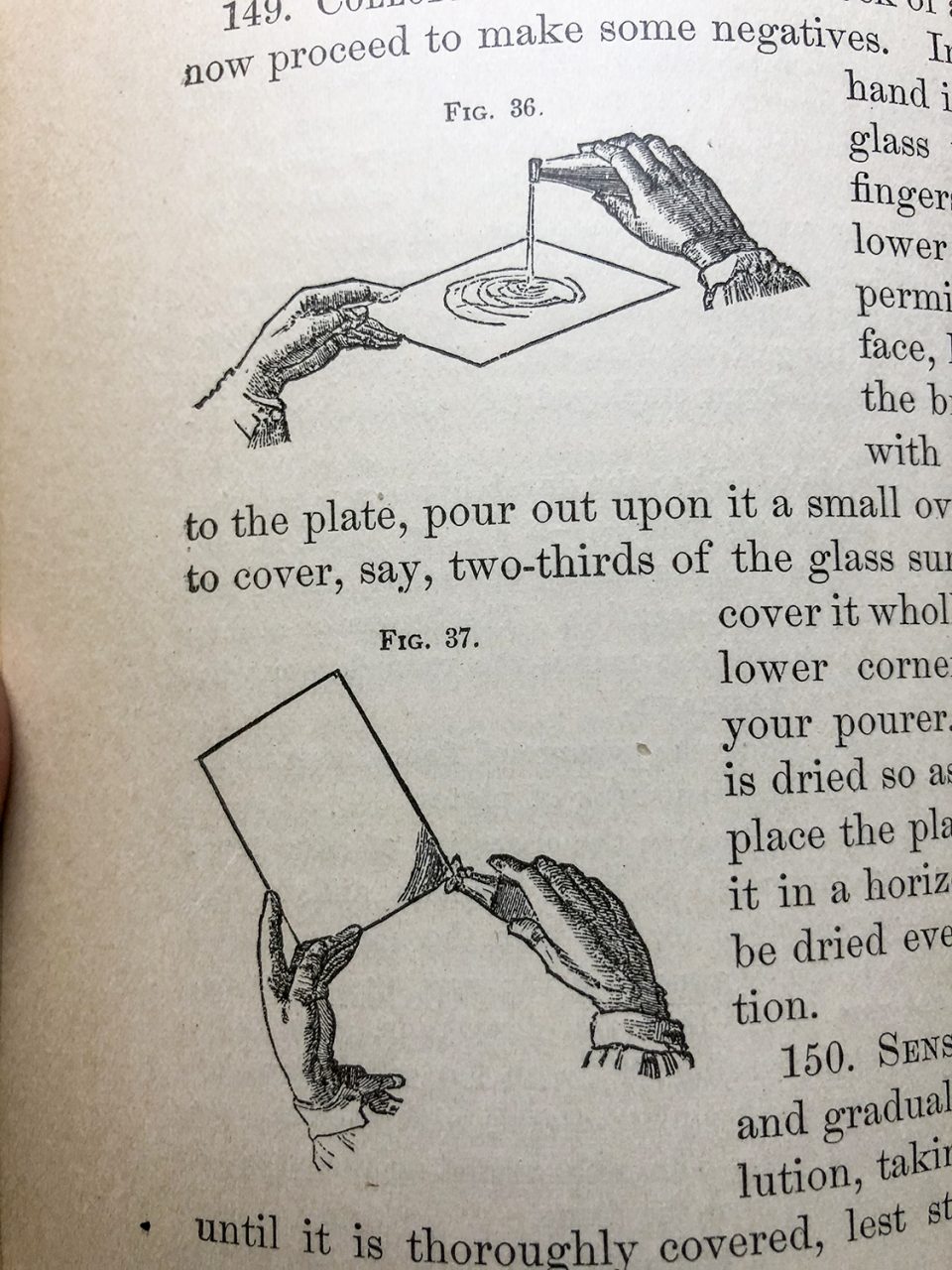
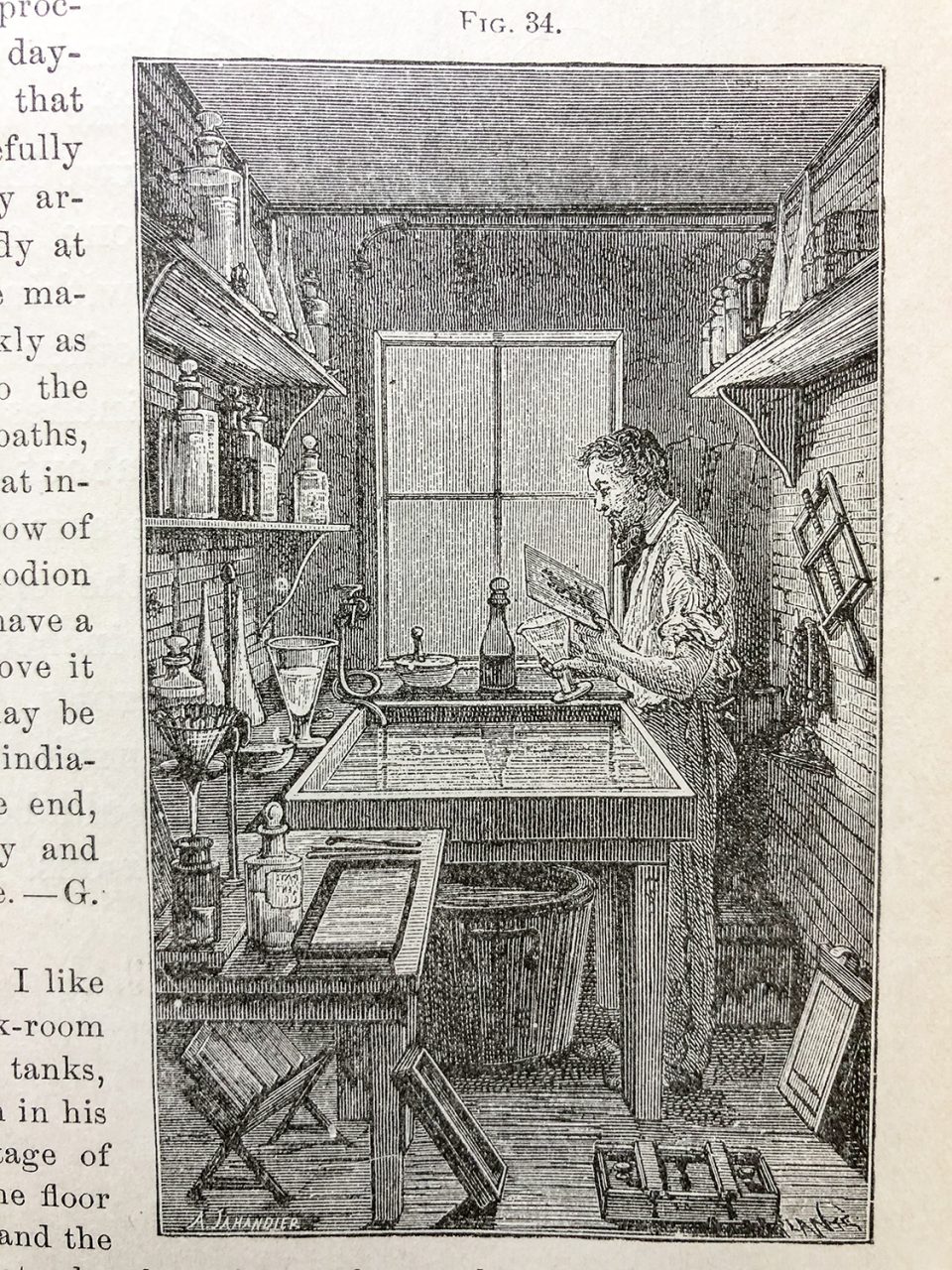
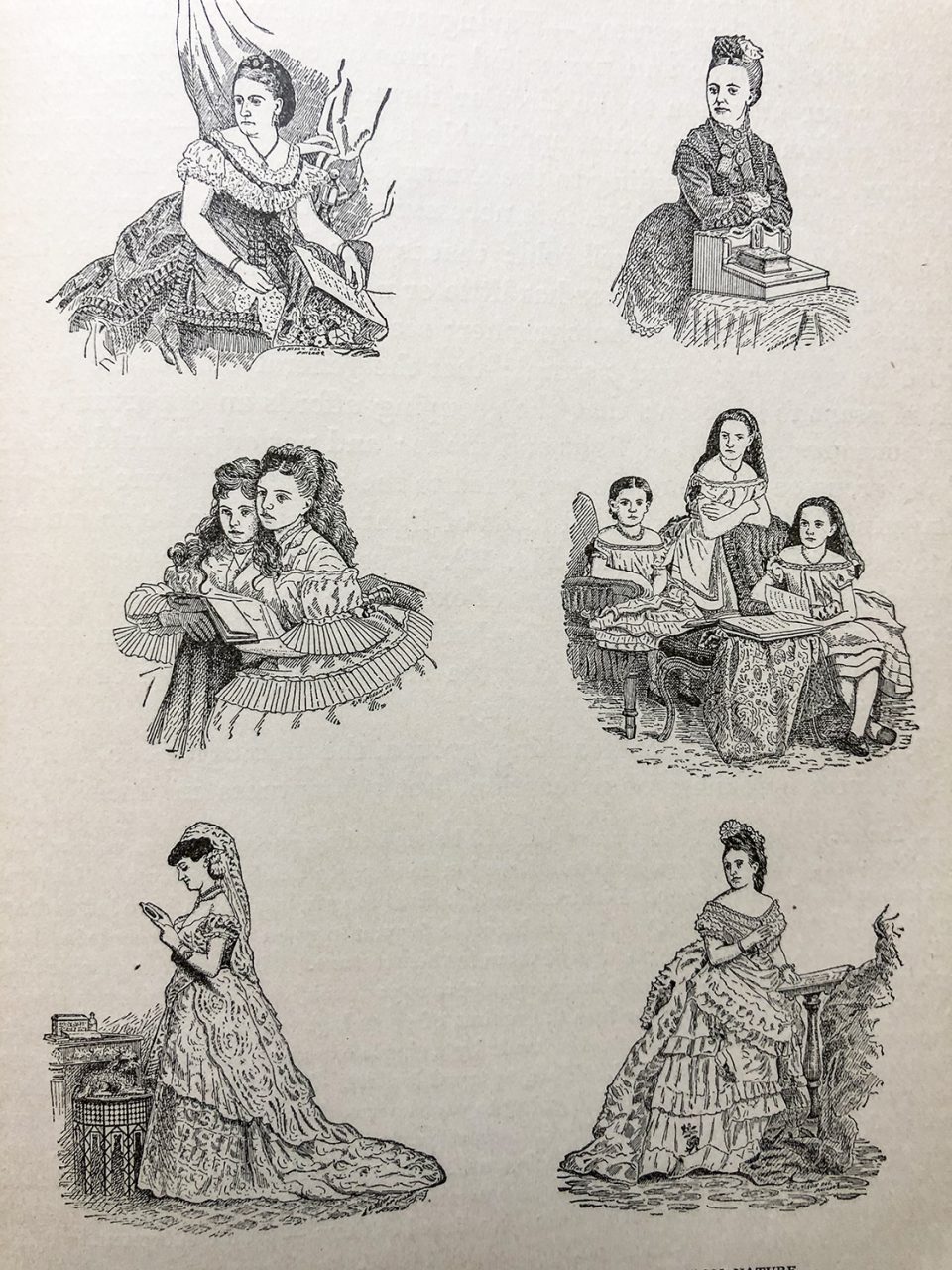
Thanks for reading.
Be sure to visit me on Facebook, Instagram or Pinterest, or on my website at keithdotson.com.
~ Keith
Notice: This blog post contains Amazon Affiliate links. I may earn a small commission on qualifying purchases.

What a treasure!!!